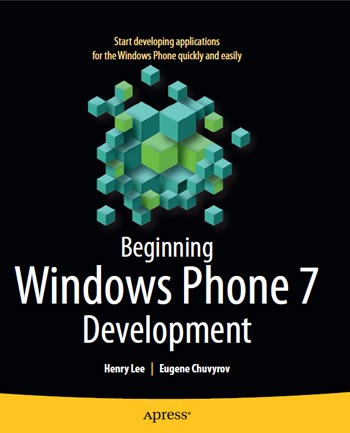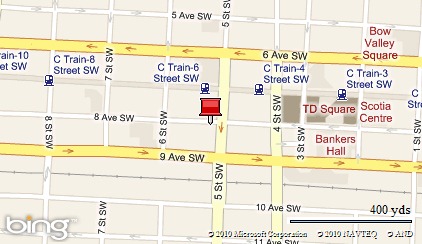
I’ve been flipping through Apress’ new book, Beginning Windows Phone 7 Development, and I’ve been impressed so far. As with most books on developing for any given platform, the first couple of chapters are introductory and have the mandatory “Get the Tools” and “Let’s Write a Hello World Program” sections, but the book veers from the standard trajectory in chapter 3 by diving right into the use of the cloud for data storage for your app.
That’s where we get into the serious stuff: the MVVM design pattern, setting up a SQL Azure account and database, creating a cloud service to access that cloud database, building a WCF service to access the data, and then building a Windows Phone app – a notepad application – that accesses that database. By the end of the chapter – and remember, this is chapter three and less than a hundred pages in – you’ve got a cloud-enabled phone app that you can use as the basis for your own. That’s no small feat, and it’s a testament to the tools and technologies available to Windows Phone 7 developers.
Update (Friday, Dec. 17, 2010): Author Henry Lee let us know in the comments that there’s an update to chapter 3 to cover recent changes to Azure’s UI.
I’m still working my way through Beginning Windows Phone 7 Development, but from what I’ve seen so far and from casual scans ahead, I would recommend it for the developer who’s comfortable with C# and .NET and is ready to pick up a lot of new things quickly.
If you’d like to get this book as quickly as possible, I’d recommend the ebook version. It’s also the cheapest, at USD$27.99. Better still, if you buy before midnight of December 31st, you can save 25% by using the promotional code APRESSHOLIDAY2010, knocking the price down to a mere USD$21 (which as of this writing, is a Rush-inspired CDN$21.12).
This article also appears in Canadian Developer Connection.









 In case you missed Saturday’s
In case you missed Saturday’s